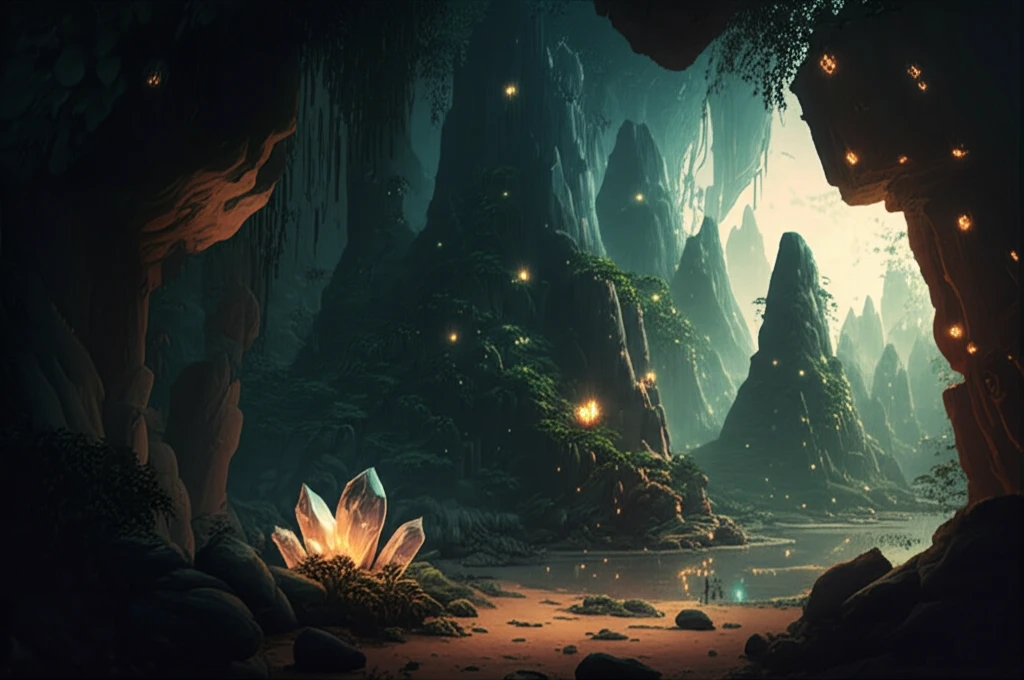
Unlocking Earth's Ancient Secrets: What Zircon Crystals Reveal About China's Geological Past
"Delve into the fascinating world of detrital zircon U-Pb geochronology and discover how these tiny crystals are rewriting the history of the South China Block."
The South China Block, a major component of East Asia, is a puzzle of geological proportions. Comprised of the Yangtze and Cathaysia blocks, its formation is key to understanding China's Precambrian tectonics. However, the exact timing of the collision between these blocks, and the location of their boundary in southwestern China, remains a hotly debated topic among geologists.
Recent studies have proposed a fascinating, yet controversial, idea: a residual oceanic basin existed between the Cathaysia and Yangtze blocks during the Early Paleozoic. This theory, supported by volcanic rock analysis in eastern Guangxi, challenges the traditional view of a unified landmass. Other researchers suggest a residual oceanic basin persisted even later, towards the end of the Permian period.
In an attempt to resolve this geological mystery, a new study focused on the Dayaoshan region of Eastern Guangxi. By analyzing detrital zircons from Sinian-Cambrian sandstone samples using LA-ICP-MS U-Pb dating, the research aimed to uncover new evidence about the existence of a Paleozoic oceanic basin and further define the border between the Cathaysia and Yangtze blocks. The hope was that this zircon-based investigation will clarify the complex relationship between these two key geological entities.
Decoding Zircon's Timeless Message

Zircon crystals, tiny time capsules of Earth's history, hold valuable clues about the origins and evolution of rocks. Detrital zircons, specifically, are those that have been eroded from their original source and incorporated into sedimentary rocks like sandstone. By analyzing the uranium and lead isotopes within these crystals, scientists can determine their age with remarkable precision – a technique known as U-Pb dating.
- Crushing and hand washing of the sandstone samples.
- Magnetic separation to isolate heavy minerals, including zircon.
- Selection of zircon grains under a microscope.
- Mounting the grains in epoxy resin and polishing for analysis.
Rewriting the Geological Narrative of South China
The findings of this study add another layer of complexity to our understanding of the South China Block. By meticulously analyzing detrital zircons, the researchers have provided valuable insights into the region's geological history, challenging existing theories and paving the way for future investigations. As technology advances and new research emerges, our understanding of Earth's ancient secrets will undoubtedly continue to evolve, revealing even more about the fascinating story of our planet.
